Picture this. You’ve come home after a long day of work and don’t feel the best about yourself. You feel a wave of fatigue take over as you lie down on your couch and pick up your phone to scroll through a few reels on Instagram. It was meant to be your way of relaxation before the chores of daily life come calling again. But instead of seeing friends, family and other topics which would have interested one, you only see strangers on the internet celebrating huge successes.
Someone’s buying a luxurious home, another is cruising the roads of an Eastern European country in their brand-new sports car, another is flaunting their big wins at work, and more. You compare yourself with them, feel bad, yet keep scrolling and consuming more of such content till you ultimately have to be pulled away from the screen.
The aforementioned is a reality for many. Instagram, among many other social media platforms, has lost its essence of connecting individuals across the globe. It has turned into an engine that rewards big wins and celebrations, while quietly growing, smaller wins or even just simply surviving remain invisible. Upon observation, the burning question arises ‘Does Instagram only promote big wins?’
Read More: How Social Media Success Stories Make You Feel Behind
Understanding the Workings of Instagram
Instagram does not show you the most recent posts anymore. It dropped the chronological order long ago for a number-oriented approach that captures your likes, interests, views and more to create a feed curated for you and only you. Some key factors that will help one understand the workings of the Instagram algorithm are:
- Posts with greater likes, shares, comments and saves are more likely to be shown in people’s feeds.
- Posts that are aesthetically pleasing or well edited, and hence grab more attention from viewers, are more likely to be watched.
- The longer one spends on a post or reel, the algorithm will treat it better.
- Trending sounds and reels are actively pushed by the algorithm.
It becomes clear that the key to understanding Instagram’s algorithm is engagement. Whatever is appreciated by the audience is promoted by the feed as well. This information makes it clear that it is not Instagram promoting bigger successes, but rather the viewers who consume it. By prioritising content that leads to likes, shares, saves and comments, Instagram promotes an endless cycle that prefers drama, celebrations and ultimately bigger wins.
Read More: The Problematic Narrative of Trauma on Social Media
Do Big Wins Captivate Us More?
Having understood that the Instagram algorithm only promotes that type of content that has already received enough attention. It becomes clear that human media consumption follows a pattern. Big wins, celebrations and success are more greatly appreciated by viewers, compared to small wins, struggles and even daily life. Individuals are naturally drawn towards content that celebrates traumatic life changes and milestones. Even though the struggles of daily life can be equally, if not more significant, compared to big wins, the following points can explain why “big” wins seem to be more popular with viewers:
- Emotional Impact: Content celebrating bigger wins and milestones elicits a great emotional reaction from the viewer. Emotions range from admiration, happiness, and gratitude to jealousy and hatred. Despite the broad range, these emotions are experienced with great intensity.
- Reactions: Reacting to content about success is easy, regardless of the emotional impact it may have on an individual. A simple like or comment congratulating the creator of the content can go a long way in furthering its reach.
- Happy Endings: Every piece of content is a story that uses a narrative style and visual effects. A reel or post about a big win is a happy ending, which leaves the viewer feeling more satisfied. Research also suggests that humans are intrinsically attracted towards happy endings (Harrison, 2020).
- Culture’s Role: Society and culture at large celebrate accomplishments and milestones with much greater ferocity than daily life struggles or small wins. It becomes simple to understand human content preferences when you realise that society has ingrained such behaviour. Ask yourself the question, when was the last time you celebrated for simply surviving the day?
The Impact
Instagram, among many other social media apps, was originally meant to be an image-sharing app. However, recent statistics and research suggest that society and social media users are headed towards a “posting zero” (Kay, 2025). Posting zero is essentially a point where individuals stop sharing parts of their lives online, as they don’t seem glamorous enough to be viewed by others.
The culture of sharing “big” wins has become such a big part of human communication and online socialisation that it has completely taken over the posting culture. Individuals have stopped or are moving towards completely ceasing to post real-life and non-curated moments.
Read More: How to spend less time on Social Media? and activities to do instead
The following Impact Also Prevails
- A distorted perception of reality: Only celebrating big wins and achievements has created a culture and birthed a generation that simply enjoys the destination and not the journey towards it. Instead of applauding hard work, resilience and persistence, which a human being observes daily in the pursuit of goals, individuals only value wins and successes.
- The pressure to perform: Everything must be curated and perfect, so much so that the real authenticity is lost. Instagram and other social media apps no longer remain social but are amalgamations of intensely planned moments that flaunt huge milestones. The assimilation of perfectly angled videos and pictures no longer represents the chaos of human life, creating a space that rewards inauthenticity.
- Need for Validation: Instagram has allowed a community to be built entirely on external validation. Regular social media users who are exposed to the “big” wins content may feel an undue pressure to perform in a similar way to gain external validation as well.
Read More: Building Hard-Working Mindset: Psychology, Neuroscience, and Effective Habits
How does Society move towards a better Online Community?
The movement towards a better online community must not only be supported by content, creators and influencers, but also by the consumers and viewers of such content. A better community that appreciates milestones and achievements while also uploading daily struggles and showing support for individuals can only be created when both creator and consumer work towards it. Creators can put out content that is authentic in nature and displays the true struggles of life, moving away from the perfectly curated lifestyle.
On the other hand, the consumers can interact with such posts and content at a greater intensity, allowing it to be spread by the algorithm. Consumers can also take the step of posting authentic posts themselves, and at least take a step towards such posting within their small community and friends. By promoting both bigger and smaller achievements, social media may assume a more balanced digital culture.
Read More: ‘I Should Be Doing More’: The Internal Crisis Created by Wellness Influencers and Hustle Culture
Conclusion
When an individual scrutinises the content that celebrates big achievements, it can be easy to blame the Instagram algorithm. However, upon understanding how the algorithm is based on engagement by the viewer, it becomes clear that human consumption patterns have allowed such content to take over the platform. Such content which leads to increased emotional reactions, levels of satisfaction and makes social comparison.
Easier has allowed content about everyday processes or even failure to fade quietly into the background in totality. Such content is only dangerous to both creator and consumer, creating an endless vicious cycle of validation. Understanding the need for content that celebrates daily life and failures sheds light on human behaviour and how it can be tackled appropriately.
FAQs
Is content about big achievements the only thing available?
No, content of all kinds is available on the internet. However, the one that gains the most engagement by viewers is more likely to be shown on feeds instantly. Hence, individuals may feel that they are drowning in such extravagant content.
Will the struggles and failures of daily life ever gain traction?
Yes, it is possible for such content to gain popularity. It becomes easy for it to happen when the engagement shown by consumers on such content is increased. Especially in a culture that craves authenticity, such content can be revolutionary.
Does such culture have an impact on mental health?
The current social media culture is studied to have multiple negative effects on mental health. It has been linked with several mental issues, and the overall use of excessive social media has been very negative, especially among adolescents.
References +
A Psychiatrist’s Perspective on Social Media Algorithms and Mental Health | Stanford HAI. (n.d.). https://hai.stanford.edu/news/psychiatrists-perspective-social-media-algorithms-and-mental-health
Harrison, S. (2020, October 22). Your Brain Prefers Happy Endings. That’s Not Always Smart. WIRED. https://www.wired.com/story/your-brain-prefers-happy-endings-thats-not-always-smart/
Kay, K. (2025, July 23). Why did our friends stop posting on social media? BBC Worklife. https://www.bbc.co.uk/worklife/article/20250722-social-media-user-changes-kyle-chayka-katty-kay-interview
MSEd, K. C. (2024, May 21). How Social Comparison Theory Influences Our Views on Ourselves. Verywell Mind. https://www.verywellmind.com/what-is-the-social-comparison-process-2795872
Vestergaard, M. D., & Schultz, W. (2020). Retrospective Valuation of Experienced Outcome Encoded in Distinct Reward Representations in the Anterior Insula and Amygdala. Journal of Neuroscience, 40(46), 8938–8950. https://doi.org/10.1523/jneurosci.2130-19.2020

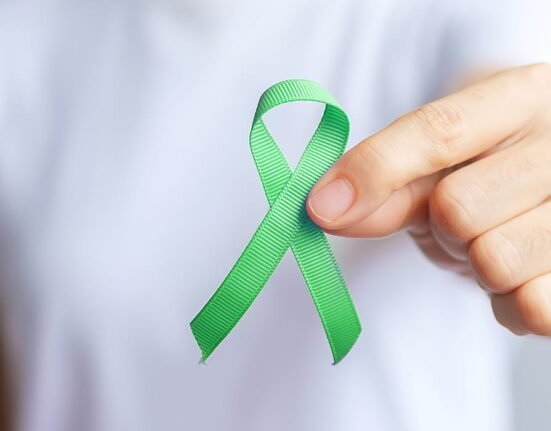
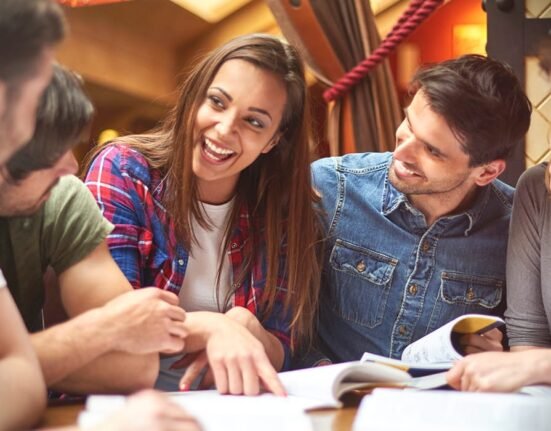




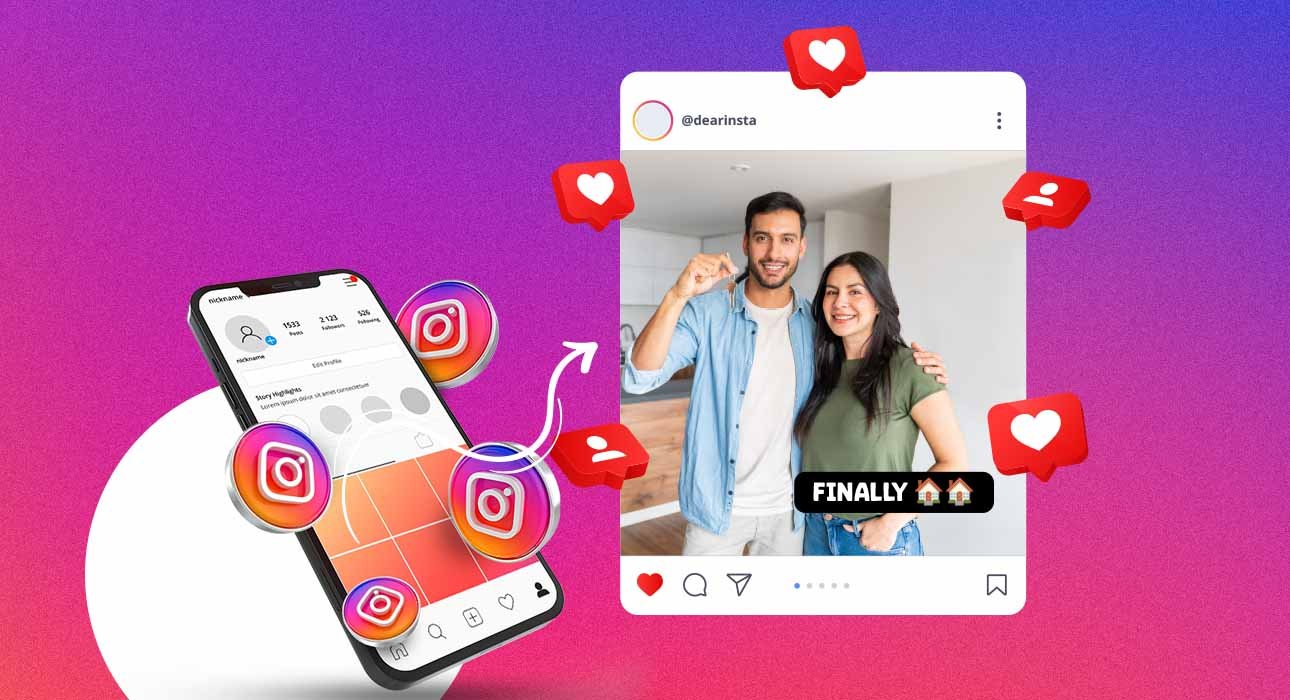

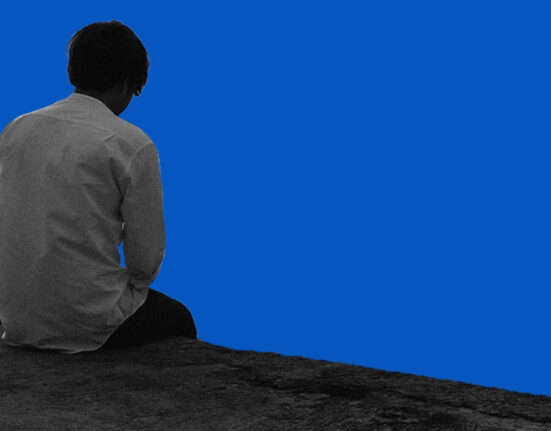
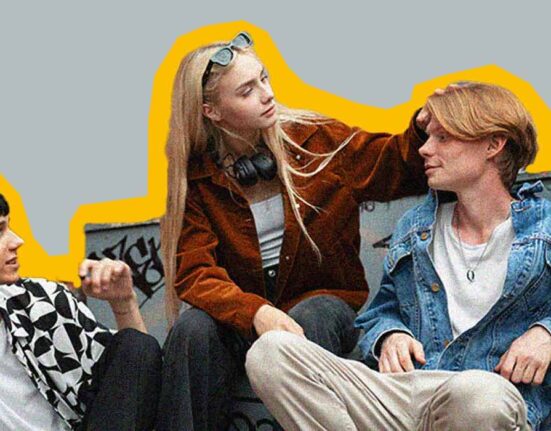


Leave feedback about this